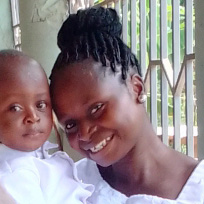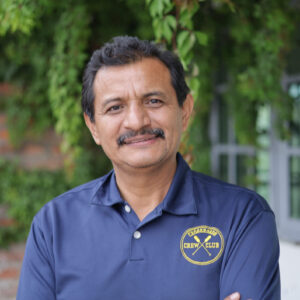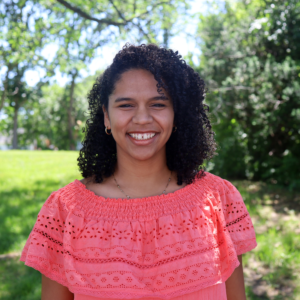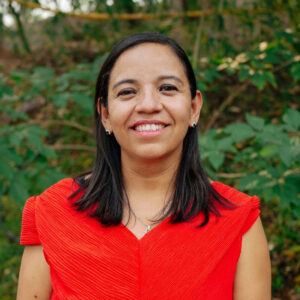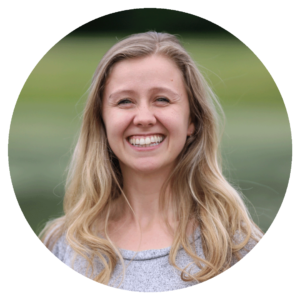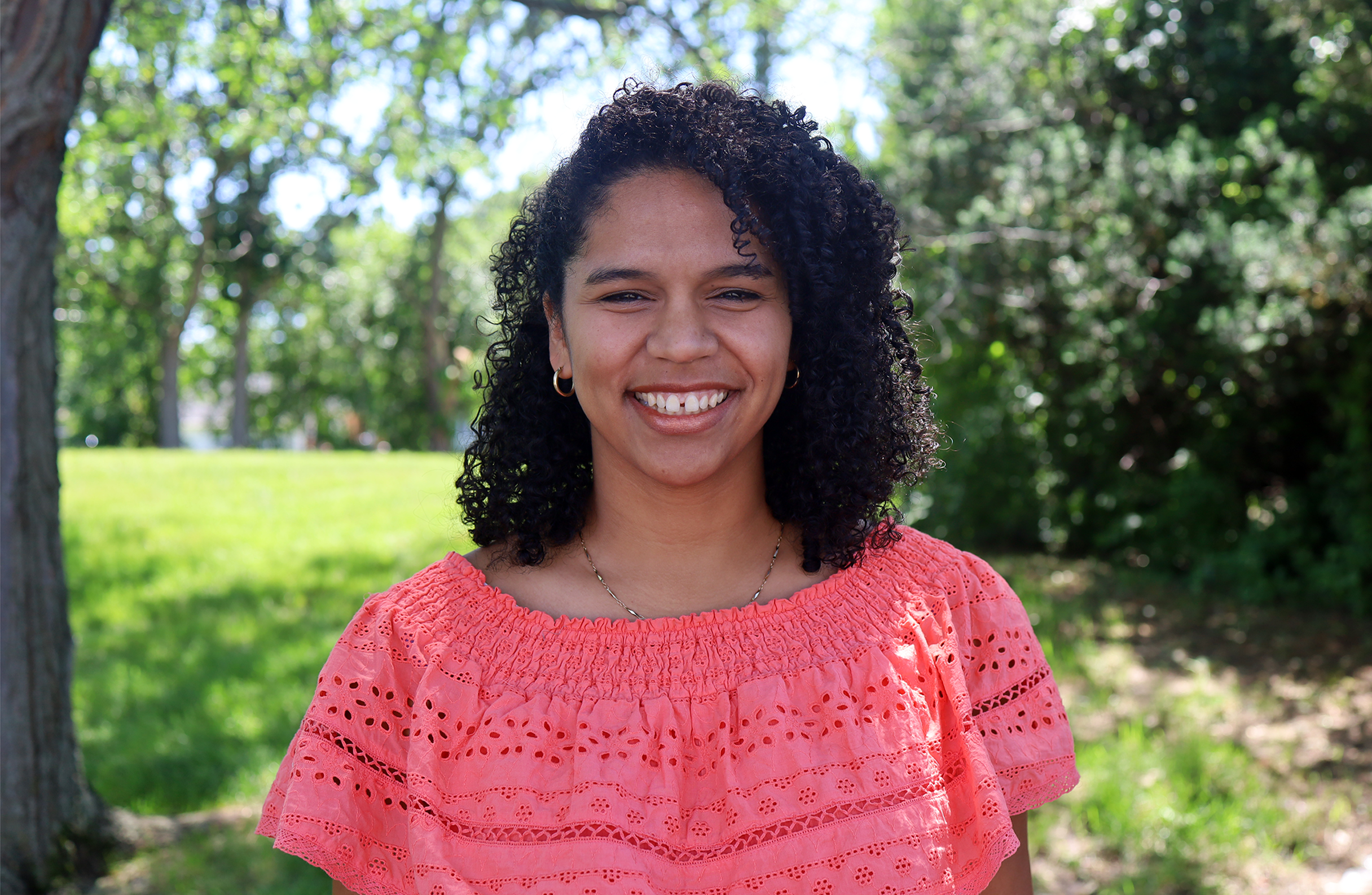Objective: Students try to guess which “wild” facts are true
Materials: A list of wild true facts (and false ones)
How to Play: Designate two sides of your playing area, one for “Wild truths” and one for “Wild lies.” Tell students that you will read some wild statements. Instruct students to run to one or the other side if they think the statement is true or false. Play a few rounds of practice. Then, start having students who guess wrong sit down for the remainder of the round until one student is left and declared the winner. You may change or add fun facts to the list below.
Wild Truths (and Lies)
- Rabbits and parrots can see behind themselves without even moving their heads! (TRUE!)
- A bumblebee can eat a chicken egg. (FALSE!)
- Elephants can never get sick. (FALSE!)
- Butterflies taste food by standing on top of it! (TRUE!)
- Most of the dust in your home is actually dead skin! (TRUE!)
- Baby octopuses are born with 100 legs. (FALSE)
- Although the Stegosaurus dinosaur was over 9 metres long, its brain was only the size of a walnut. (TRUE!)
- Humans get a little taller in space because there is no gravity pulling down on them. (TRUE!)
- Monkeys can survive on the moon. (FALSE)
- Kangaroos and emus cannot walk backwards. (TRUE!)
- A hippopotamus can run faster than a man. (TRUE!)
- A goat can swallow an apple whole. (FALSE!)
- Sneezing with your eyes open is impossible. (TRUE!)
(True statements from http://www.sciencekids.co.nz/sciencefacts/funny.html)
Here are a few other sites to check out if you are looking for more:

